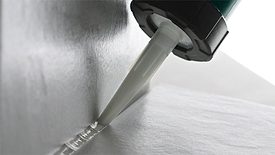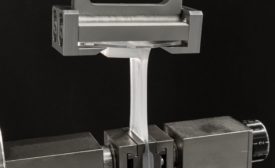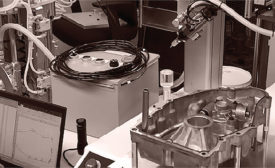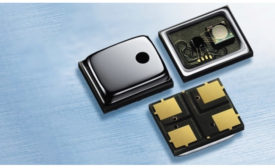Home » silicones
Articles Tagged with ''silicones''
How to Choose a Silicone Sealant
The choice of a silicone sealant can impact the manufacture of a product, its performance, and its longevity; choosing wisely involves many factors.
October 14, 2022
Process Design Decisions for Successful Form-in-Place Gasket Sealing
Innovations in automotive design have led to substantial changes in how form-in-place gaskets (FIPGs) are used today.
August 15, 2022
Post-Cure Advantages for Silicone Elastomers and Adhesives
Whether using a silicone adhesive in an aerospace assembly or manufacturing silicone bakeware, post-cure for silicone is not a process that belongs in the past.
August 5, 2022
Product Profile
UV-Activated Silicone Adhesives for Autonomous Automotive Sensors
Newly developed UV-activated, dual-cure silicones can protect sensors in autonomous vehicles from the heat, cold, moisture, and stress that result from the rigors of the automotive environment.
May 11, 2022
Keep the info flowing with our eNewsletters!
Get the latest industry updates tailored your way.
JOIN TODAY!Copyright ©2024. All Rights Reserved BNP Media.
Design, CMS, Hosting & Web Development :: ePublishing









